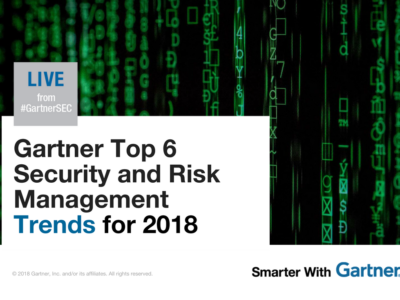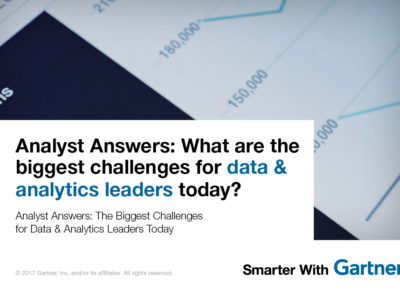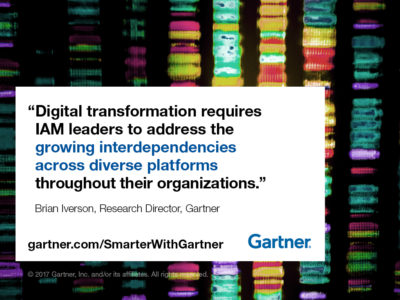Many organizations lack the skills needed to plan and execute initial pilots.
Data and analytics leaders face a dilemma. Without data scientists, venturing into machine learning and data science is difficult. Without any successful pilots, convincing the business to hire data scientists is equally challenging.
Enterprises don’t have to have a large data science lab in order to take advantage of machine learning. Start small and evolve.
“Many organizations are still in the early phases of their data science journey and struggle to understand what machine learning and data science can do for them,” says Cindi Howson, research vice president at Gartner. “They don’t exactly know which skills are needed and hiring data scientists is difficult.”
Why is it so difficult?
More than 40 percent of organizations practicing advanced analytics say “the lack of adequate skills” is a challenge. Hiring experienced candidates can be very difficult for a number of reasons:
- Experienced data scientists may want to avoid being the first to join a company.
- The amount of energy needed to just get access to data, integrate it and have the first machine learning models deployed into the business can be staggering.
- There is a limited pool of available candidates.
Retaining quality data scientists is also a struggle. They currently favor job hopping to gain exposure to a broader range of tasks, ideally in different industries.
How to address the skills challenge
Enterprises don’t have to have a large data science lab in order to take advantage of machine learning. Start small and evolve these competencies, advises Howson.
Train existing staff into (citizen) data scientists
Many organizations have mathematically skilled employees who could be tapped to perform more analytical tasks. These employees might have been math geeks since high school and/or are using their quantitative skills in other roles.
Partner with academia
Many universities and colleges now offer data science related degrees. Using universities for specific projects serves the dual purpose for an organization getting skilled resources, while also providing students with real-world learning experiences. The relationship can take four main forms: internships, class projects, innovation labs or hackathons.
Hire third-party professionals
In this time of immense machine learning skills shortage, third-party professionals can accelerate and kickstart the success of data science programs. There are hundreds of consultancies that can provide a spectrum of assistance, from creating project ideas, early piloting, coaching and teaching of junior staff, to the fully fledged creation of managed services.
Use packaged applications
Machine learning capabilities are often packaged as targeted software applications to solve specific problems. These often provide superb cost-time-risk trade-offs, significantly lower the skills barrier and can provide a solution much faster than creating one from scratch.
Get Smarter
Client Research
Gartner clients can read more in the report Doing Machine Learning Without Hiring Data Scientists.
Data and Analytics Hub
Visit Gartner’s Data & Analytics Hub for complimentary research and webinars.
Gartner Data & Analytics Summit
Gartner analysts will provide additional analysis on data and analytics leadership trends at the Gartner Data & Analytics Summit 2017, taking place February 20-21 in Sydney, March 6-9 in Grapevine, Texas, March 20-22 in London, May 23-24 in Tokyo, June 6-7 in Mumbai and June 20-21 in Sao Paulo, Brazil. Follow news and updates from the events on Twitter using #GartnerDA.










